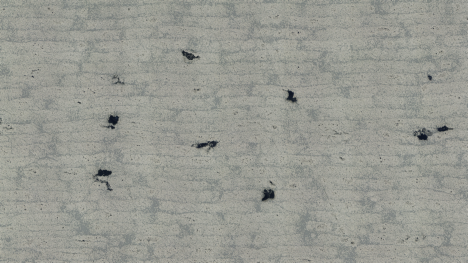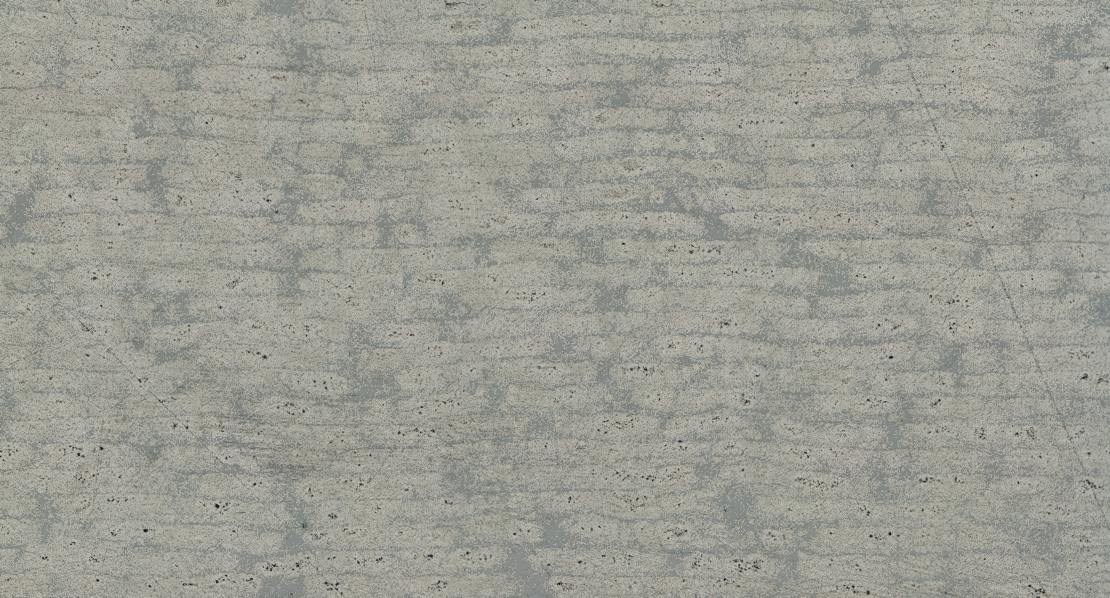Vacuum-Bag-Only Consolidation of Thermoplastic Composites
2018-2022
Summary:
Cost-effective manufacturing of large and complex aerostructures, such as wings, fuselage sections or spars, is not straightforward for thermoplastic composites. The two most obvious manufacturing technologies for such structures are autoclave consolidation and in-situ fiber placement. However, the former seems too expensive, while the latter still lacks maturity and most probably will not see commercial application within coming decade. Therefore, the industry is currently banking on a two-step approach involving the automated deposition of pre-impregnated tape using AFP, followed by an out-of-autoclave consolidation step in for example an oven or on heated tooling. This approach combines AFP to lay-down tape material at a cost-effective rate with an affordable post-processing step to ensure proper consolidation.
Opposed to more conventional processes, where high pressures are applied, the consolidation quality and thereby the performance of the final structure will depend on both the lay-up process as well as the out-of-autoclave consolidation process. The two-step approach requires further technology advancement, possibly involving the development of new equipment for out-of-autoclave consolidation, the derivation of processing and lay-up guidelines for AFP as well as consolidation and, perhaps, the development of new tape materials. Progress requires a proper understanding of the underlying physical phenomena governing the consolidation process. Although many of these phenomena are well understood, the combination of the two processes and the low consolidation pressures, gives rise to conditions not elaborately studied so far.
|
|
Microscopy of two VBO consolidated laminates. The edges of the left laminate were sealed to prevent in-plane air evacuation, while the edges of the right laminate were not.
Staff:
Partners:
- Industrial Partner: ThermoPlastic composites Research Center




